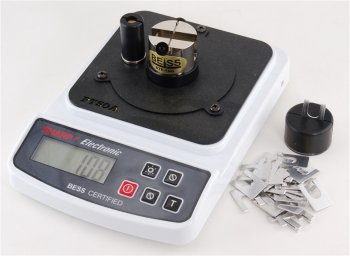I understand you can sharpen a knife on many tools some of which are very cheap. Of course you can use a concrete footpath, coffee cup, car window, mouse pad etc etc. For me sharpening has been one of the most frustrating parts of knife making. Spending many hours finishing a knife to the best I can get it and then putting that blade back to a belt sander and/or paper wheels caused me much angst. I’d often finish a knife and not sharpen for some time bacause I was fairly sure the bevel I would put on was going to be less than perfect visually. I also see a lot of people posting pictures of their finished knives with the comment - all finished, just needs an edge put on it. Makes me think I am not the only one who feels that level of nervousness.
Knifemaking like a lot of things is so great because there are many ways and costs to get to a final product. Sharpening is no different.

